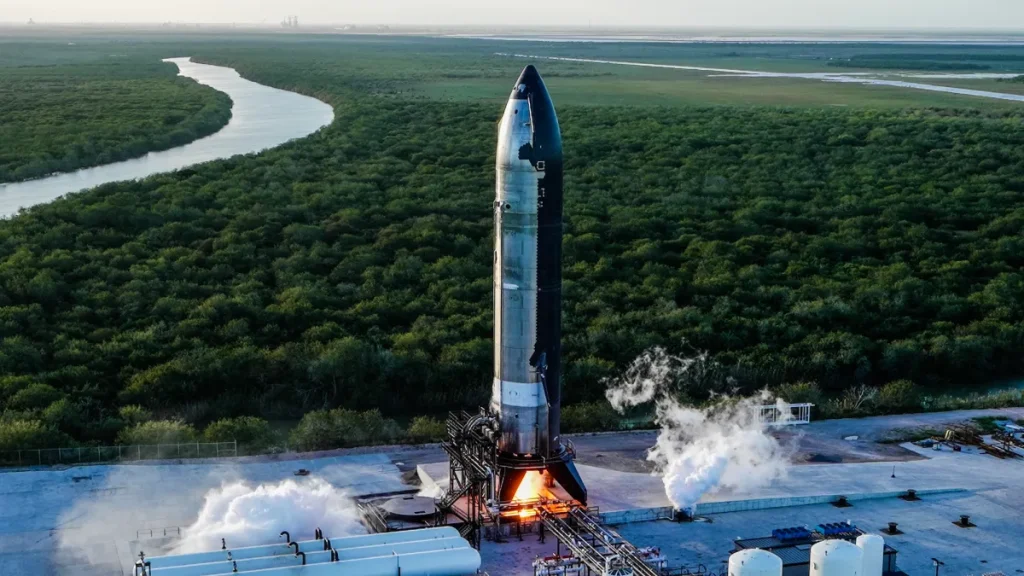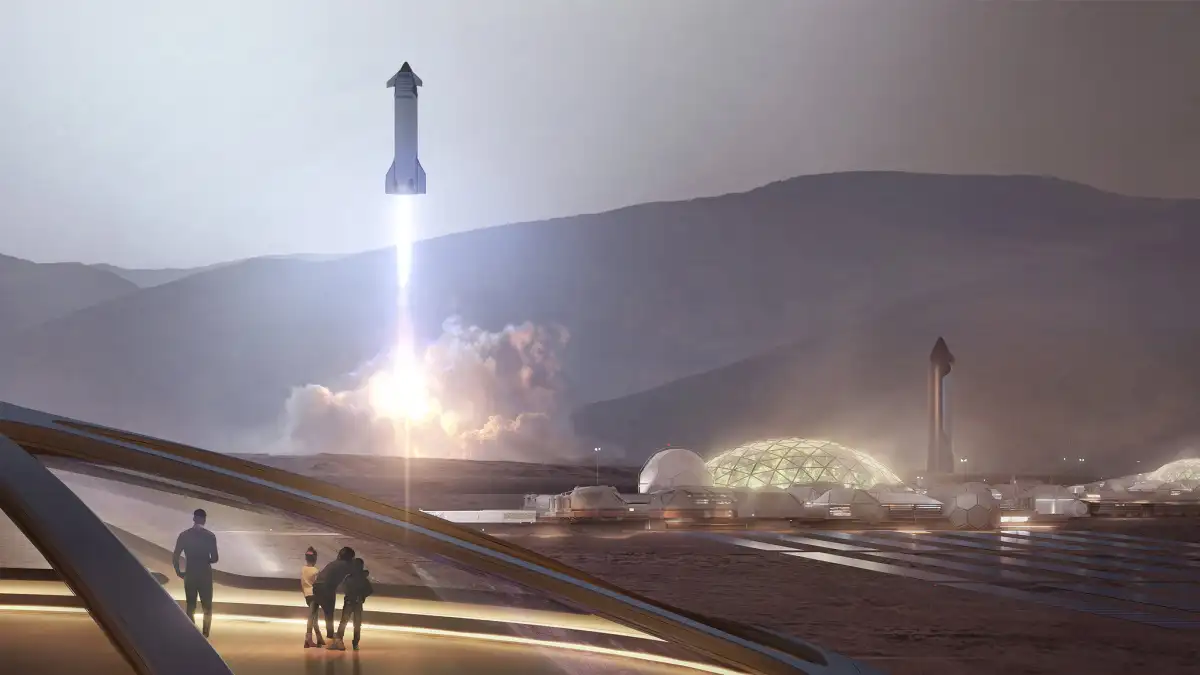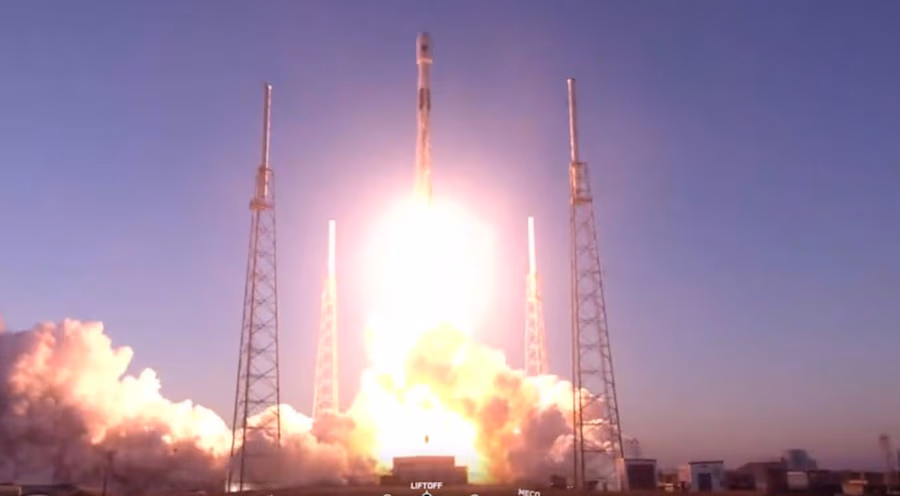
In a significant step forward for SpaceX’s ambitious Starship program, the Federal Aviation Administration (FAA) has issued an updated launch license, enabling the company to move ahead with its next flight test of the Starship system. This decision comes after months of reviews, technical upgrades, and collaboration between SpaceX and regulatory bodies to address challenges encountered during previous launches.
The revised license includes key updates aimed at improving the safety and environmental compliance of Starship’s launch operations. The FAA’s rigorous review process examined SpaceX’s enhancements to the vehicle, its launch pad infrastructure, and flight procedures. These changes follow the high-profile April 2023 test flight, which, while groundbreaking, experienced significant technical issues, including the failure to reach orbit and debris concerns at the launch site in Boca Chica, Texas.
Comprehensive Upgrades to Starship
SpaceX has implemented numerous design and operational improvements to the Starship system in preparation for the upcoming test. These include reinforced components, software upgrades, and measures to mitigate risks during launch and flight. Notably, the company has also worked to address the impact of debris by enhancing its launch pad’s blast mitigation systems.
Starship, which consists of a fully reusable spacecraft mounted atop the Super Heavy booster, represents a cornerstone of SpaceX’s long-term vision for space exploration. The system is designed to support missions ranging from satellite deployment to crewed Mars landings, with its reusability expected to drastically reduce the cost of space travel.
Environmental and Safety Considerations
The FAA’s revised license underscores the importance of ensuring environmental sustainability and public safety. After the last test flight, several environmental groups raised concerns about the impact of debris on nearby habitats and communities. As part of the new license conditions, SpaceX has committed to stricter protocols for handling debris and minimizing environmental damage.
Additionally, the FAA highlighted the importance of continued monitoring and compliance with safety measures, given the complexity of Starship’s operations. The agency’s role in overseeing these missions reflects the growing need for robust regulatory frameworks in the rapidly evolving commercial space sector.
Next Steps for the Starship Program
Although the exact date of the next test flight has not been disclosed, industry experts anticipate a launch in early 2024, pending final preparations and favorable conditions. The flight will likely aim to achieve orbital velocity, a critical milestone for the program. The launch will take place at SpaceX’s Starbase facility in Texas, where the company has been conducting extensive testing of both the vehicle and its ground systems.
For SpaceX, the success of this mission is pivotal. It will not only validate recent upgrades but also demonstrate the potential of Starship as a multi-purpose space vehicle capable of interplanetary missions. Moreover, a successful flight would strengthen SpaceX’s position as a leader in commercial space exploration, reinforcing its partnerships with NASA and other organizations for upcoming lunar and Martian endeavors.
Collaboration in the New Space Era
The revised license and SpaceX’s readiness for the next Starship test highlight the intricate collaboration between private aerospace companies and regulatory agencies. As the space industry pushes the boundaries of technology and human ambition, such partnerships are vital to ensuring progress is both innovative and responsible.
The coming weeks will be closely watched by space enthusiasts, industry stakeholders, and regulatory bodies alike, as the next chapter of the Starship program unfolds.




Leave a Reply